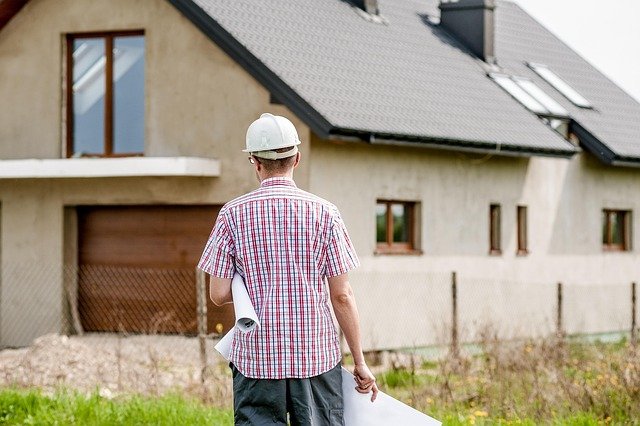Roofing Grants: Programs for Home and House Roof Repair
Many homeowners and renters face unexpected roof problems and limited budgets. Roofing grants are financial awards from government agencies, nonprofit organizations, and community programs that can help cover full or partial costs of roof repair or replacement. This article explains how these grants work, who typically qualifies, where to look in your area, application steps, and alternatives when grants aren’t available.

What are roofing grants?
Roofing grants are funds provided that do not need to be repaid and are intended to help homeowners or eligible residents address urgent or necessary roof repairs. They can come from federal, state, or local government programs, nonprofit organizations, faith-based groups, or community development initiatives. Some grants target specific needs—disaster recovery, low-income households, elderly or disabled homeowners, or properties in designated revitalization areas. Grants often require proof of need, household income verification, and adherence to program rules.
Who qualifies for roof repair grants?
Qualification typically depends on criteria such as income limits, homeownership status, age or disability of residents, and the urgency or type of roof damage. Many programs prioritize low- and moderate-income households, seniors, veterans, or those with health and safety hazards caused by a failing roof. Rental tenants may be eligible only when landlords participate or when programs explicitly support rental units. Eligibility and required documentation vary by program, so review local program guidelines carefully before applying.
Which types of roof repairs are covered?
Coverage varies by grant program. Commonly funded items include repairing leaks, replacing shingles, fixing structural rot, replacing gutters or flashing to stop water intrusion, and full roof replacements when damage affects habitability. Some programs limit funds to life-safety issues and will not pay for cosmetic upgrades or luxury materials. Inspections and estimates from licensed contractors are often required to determine the scope of work and whether repairs meet the grant program’s objectives.
How to find grants in your area
Start by checking municipal and county housing or community development departments for homeowner assistance or community block grant programs. State housing agencies and departments of human services often list repair assistance. Nonprofits, community action agencies, and faith-based organizations may advertise local roof assistance programs. Search for disaster recovery resources after major storms, and inquire with veterans’ services or elder services for targeted grants. Local contractors and building inspectors can sometimes point to programs that frequently fund repairs in your neighborhood.
How to apply for home or house grants
Typical application steps include contacting the administering agency to confirm eligibility, submitting an application with identification and income documentation, and providing photos or inspection reports of the roof damage. Many programs require multiple estimates or a written scope of work from a licensed contractor. After approval, the program may pay the contractor directly or reimburse the homeowner upon completion and inspection. Maintain organized records of all correspondence, invoices, and receipts, since compliance and reporting requirements can affect payment.
Alternatives to grants for roof projects
When grants aren’t available, several alternatives exist: low-interest home improvement loans, government-backed repair programs with favorable terms, energy-efficiency rebates (if roofing affects insulation), or deferred-payment options for low-income homeowners. Charitable organizations and community fundraising can sometimes cover partial costs. For urgent repairs, homeowners may consider phased repairs—addressing immediate leaks first and scheduling larger work later. Always compare terms and understand repayment obligations before taking a loan or other financing.
Conclusion
Roofing grants can provide meaningful help for households facing roof repair needs, but availability and eligibility vary widely by location and program goals. Research local and state agencies, nonprofit organizations, and targeted assistance programs for seniors, veterans, or disaster survivors. Gather contractor estimates and required documentation early to improve your chances of approval. If grants aren’t an option, consider alternative financing and community resources to protect your home and house from further damage.






